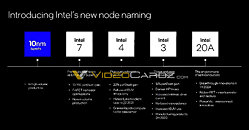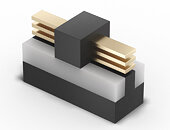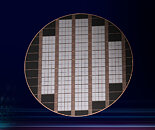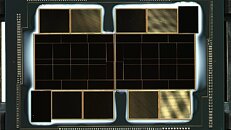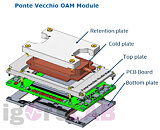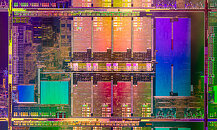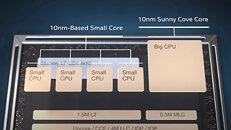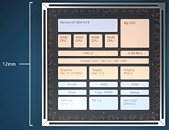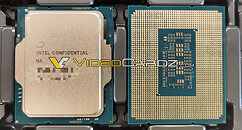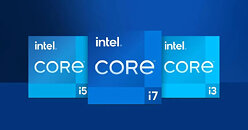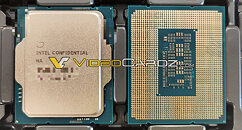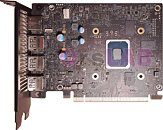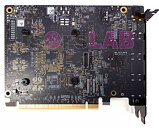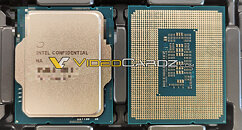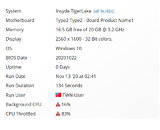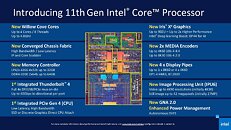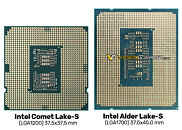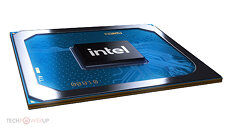
Intel Sapphire Rapids Xeon with DDR5 Memory Spotted in AIDA64 and Cinebench R15
Intel's next-generation Xeon processors code-named Sapphire Rapids are on track to hit the market this year. These new processors are supposed to bring a wide array of new and improved features and a chance for Intel to show off its 10 nm SuperFin manufacturing process in the server market. Thanks to the Twitter user YuuKi_AnS, we have some of the first tests run in AIDA64 and Cinebench R15 benchmark suites. Yuuki managed to get ahold of DDR5-enabled Sapphire Rapids Xeon with 48 cores and 96 threads, equipped with a base frequency of 2.3 GHz and boost speeds of 3.3 GHz. The processor tested was an engineering sample with a Q-SPEC designation of "QYFQ" and made for Intel Socket E (LGA-4677). This CPU sample was locked at 270 Watt TDP.
Below, you can see the performance results of this processor, tested in the AIDA64 cache and memory benchmark and Cinebench R15 bench test. There is a comparison between AMD's Milan-X and Xeon Platinum 8380, so the numbers are more in check of what you can expect from the final product.
Below, you can see the performance results of this processor, tested in the AIDA64 cache and memory benchmark and Cinebench R15 bench test. There is a comparison between AMD's Milan-X and Xeon Platinum 8380, so the numbers are more in check of what you can expect from the final product.




